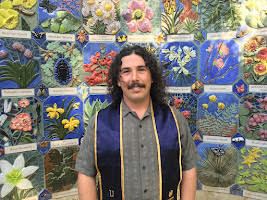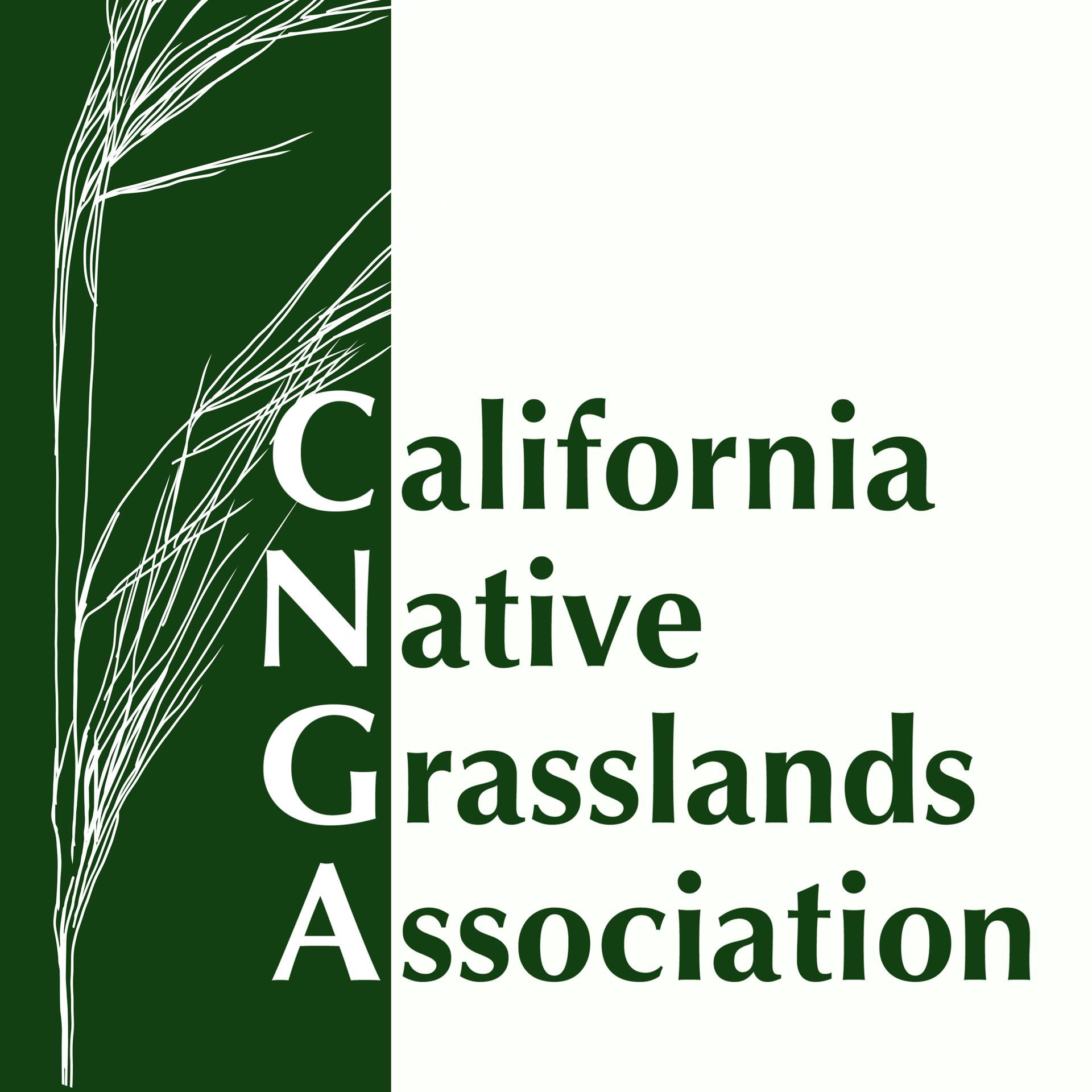California Native Grassland Association GRASS Award Speaker Series: Ernesto Chavez-Velasco and Landin Noland
Tuesday, December 6, 7 pm - 8 pm PDT
Join us for the this final night of our CNGA’s virtual speaker series which showcases the amazing work undertaken in California Grasslands by a few of our 2021 Grassland Research Awards for Student Scholarship Winners.
There will be two 20-minute talks, with time for Q&A.
Members: Free Non-Members: $10 Non-Member Students: Free with Student ID
Ernesto Chavez-Velasco, Point Blue
Effects of Fog and Drought on Leaf Traits, Growth Rates, and Relative Plasticity of Native California Coastal Grassland Species
California Coastal Grassland Species
ABSTRACT: The California central coast possesses a biologically and economically important vegetational matrix that is vulnerable to increased frequency and severity of extreme weather events due to anthropogenic climate change. The region receives summer precipitation inputs through coastal fog which can be used to alleviate the impacts of increased drought risk, but fog may be declining due to climate change and is interannually variable. I aimed to determine if key plant characteristics (growth rates, water potential, leaf traits, and leaf trait relative plasticity) show significant responses to fog and drought. I constructed a fog chamber and used a fog machine to simulate fog in a research glasshouse and recorded its effects on well-watered and drought stressed plants of three native coastal grassland species. I found that all species responded in some way to fog or drought. The native coastal grassland species Stipa pulchra was the only species to show reduced water potential under drought and showed several leaf trait responses to fog and drought. Stipa pulchra and Eschscholzia californica both showed plastic responses to treatments. Selecting plants for restoration with multiple responses and plasticity to leading community drivers such as drought or fog and low cloud cover may increase likelihood of restoration success.
Landin Noland, UC Davis
Resilience of Northern California Chaparral: Will it Persist with More Frequent Fires?
Abstract: California’s chaparral has evolved with fire, yet increased fire frequency may differentially affect post-fire recovery mechanisms, and thus the persistence of this ecosystem under a changing fire regime. Chaparral species have two major mechanisms of post-fire regeneration, germination from surviving a seed bank or sprouting from surviving root systems. Concern exists that short fire return intervals can compromise both mechanisms, killing emerging seedlings before they reach reproductive age, or killing resprouts before they replenish the reserves needed for subsequent resprouting. This may lead to chaparral conversion to grassland. This study took place at Pepperwood Preserve, which burned in the 2017 Tubbs fire, and a portion re-burned in the 2019 Kincade fire. I assessed chaparral areas burned once versus twice and compared: (1) percent herbaceous cover as an indicator of potential to carry a future fire, (2) shrub diversity, and (3) regeneration of shrub seedlings derived from resprouting versus germination. These results help fill knowledge gaps in Northern California’s chaparral ecosystems critical for predicting its persistence under a changing climate and provide insight to land stewards seeking to maintain diverse ecosystem services, utilize cultural or prescribed burning, mitigate wildfire damage, or focus restoration efforts.
Bio: Landin Thunder Noland completed his B.S. in Ecological Management and Restoration at the University of California, Davis and is currently a second year graduate student in Ecology at UCD. He was awarded the CNGA Grass Scholarship to aid in his undergraduate honors research thesis centering on the changing fire regime in northern California chaparral. His current research focuses on indigenous fire stewardship practices as a mechanism for cultural revitalization and ecosystem restoration. Landin seeks to collaborate with indigenous leadership to develop robust climate adaptation strategies for fire dependent cultures and ecosystems.
Contact Justin Luong (jluong4@ucsc.edu) with any questions.
Help Support Student Research - Donate to the GRASS Program
CNGA's GRASS Program:
- Focuses student research on important grassland-related questions.
- Inspires students to become more involved in California Grassland Conservation and Restoration.
- Trains future employees for your agency or company.
- Creates advocates for California Grasslands
Learn More About GRASS - Applications Accepted Nov 1 - Jan 31

